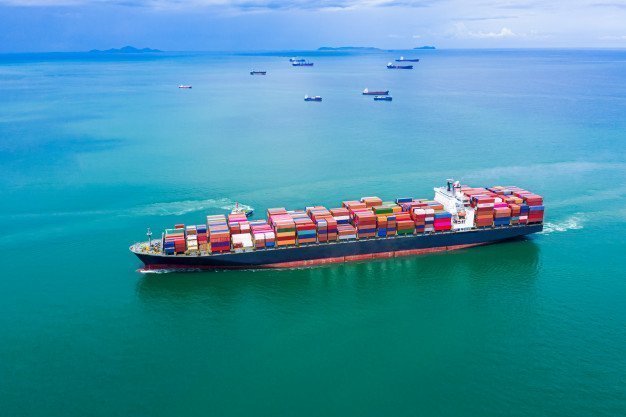Bunker prices actually fell on an annual basis, and the savings expected from scrubbers evaporated.
The IMO 2020 rule, effective from January 1, requires all ships having no scrubber to burn 0.5% sulfur fuel known as very low sulfur fuel (VLSFO) or 0.1% sulfur Marine Gasoil (MGO). Ships having scrubber can continue to burn 3.5% sulfur heavy fuel oil (HFO).
In the first quarter, Scrubbers seemed attractive because the VLSFO was much more expensive than the HFO.
If the price of the VLSFO is much higher than the HFO, a ship equipped with a scrubber which burns HFO earns a higher time charter equivalent (TCE) rate than a ship that does not have a scrubber for the same point due to fuel savings.
At the beginning of January, a scrubber equipped VLCC earned $ 25,000 more per day than a ship having no scrubber in TCE earnings. A Capesize bulker equipped with Scrubber earned $ 10,000 more per day than a Cape having no scrubber.
In early January, the price difference between VLSFO-HFO reached about $ 350 per ton. A large container ship with a capacity of 10,000 twenty feet equivalent or more, burned about 100 tons of fuel per day at a speed of 16 knots, so if there was a scrubber, such a ship would save $ 35,000 a day.
All this has changed. On Tuesday, after the 24% historic drop in crude oil price of the previous day, the big differences between the two fuels have melted and the scrubber benefits have almost approached zero.
Washer savings dropped roughly to just $ 1,400 a day for Capesizes and $ 1,200 a day for VLCCs. These represent reductions of 86% – 95% from the highest levels in January.
While the shipowners’ who equip their vessel with scrubber intended to be protected against high fuel bills, they now regret due to the expense made months ago before the launch of IMO 2020-compliant VLSFO for the scrubber application and the time loss at shipyard .
Today, low sulfur fuel prices are below normal fuel levels last year. Considering VLSFO was $ 352 per ton on Monday, it indicates that the average price of HFO at the same port a year ago was $ 428 per ton, which means 18% savings for the ships without scrubber.
Özet olarak, VLSFO’nun fiyatı ham petrol fiyatına paralel olarak düştü, ancak HFO’nun fiyatı daha da yükseldi ve bulunabilirliği azaldı.
On the VLSFO side of the equation, shipowners stocked substantial amounts of fuel at a high price before applying IMO 2020 to both protect themselves against price increases and ensure quality.
On the HFO side of the equation, the volume not consumed by ships equipped with scrubber should be refined as another product, sold for asphalt production or used as fuel in countries less affected by regulations.
The narrowing of the price difference between the VLSFO-HFO may be a temporary anomaly. With the Chinese supply chain returning to normal, cargo volumes may increase and demand for VLSFO may increase. Saudi Arabia and Russia may continue negotiations and crude oil prices may return. In case the price difference between the two products return back to high in a short whilw, scrubber users can get rid of the frustration they have experienced.
The first wave of Scrubber installations takes much longer than expected due to delays from coronavirus in China; will continue this year. However, considering the recent setups, the second setup wave may be less likely.
The payback period for large scrubber investments is calculated through daily savings based on the price difference between the VLSFO-HFO. Considering what is happening now and how fuel spread is affected by the coronavirus, payback times may be longer than expected.

